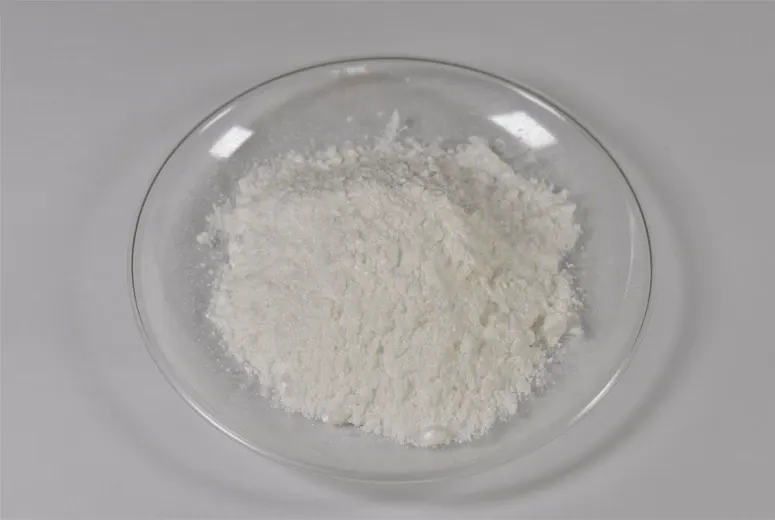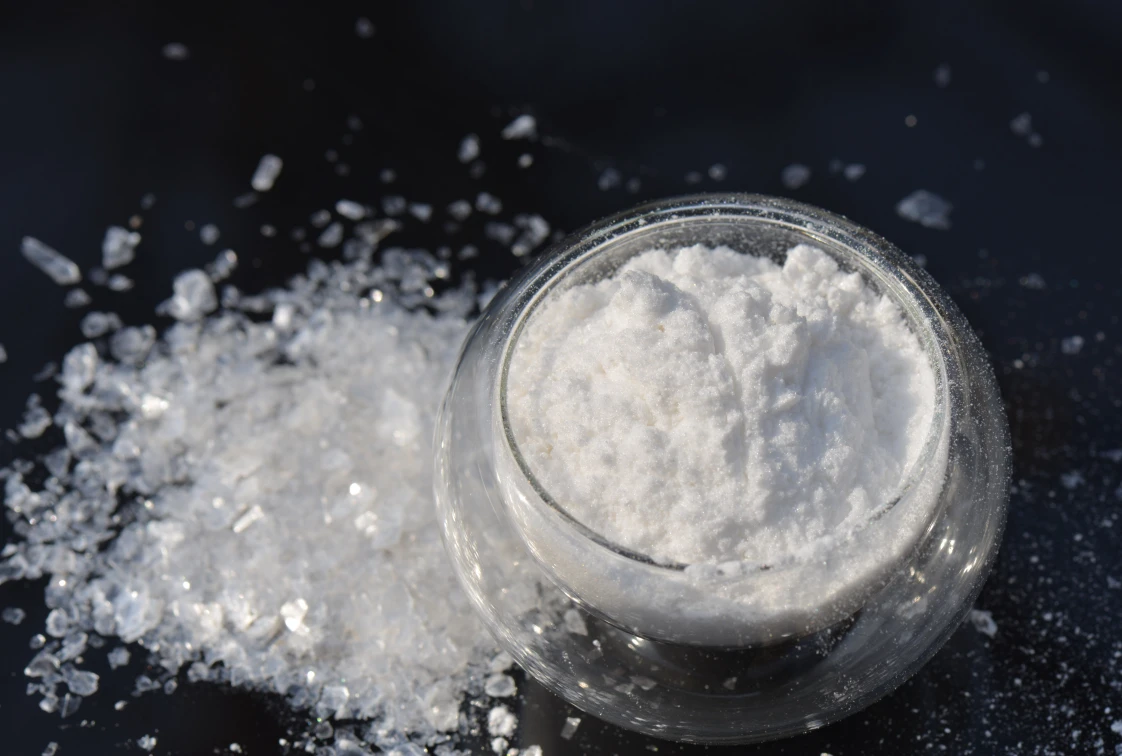Feb . 13, 2025 16:48
Back to list
5-25 Micron Synthetic Mica Powder
Mica, a name that often pops up in discussions concerning beauty products, electronics, and construction materials, sparks curiosity about its origins Is it a natural mineral or a synthetic product? Understanding the essence of mica involves exploring its natural roots, synthetic alternatives, and implications in various industries.
In the electronics industry, mica is valued as an insulator. Both natural and synthetic versions are used, but the choice often depends on the application specifics. While natural mica is favored for its cost-effectiveness in many traditional applications, synthetic mica is superior in environments requiring high-purity or where safety regulations are stringent. When it comes to construction materials, mica's application extends from fillers in joint compounds to functional additives in paints. It provides strength and stability, reflecting heat and reducing cracks, thereby enhancing durability and functionality. The choice between natural and synthetic mica in construction often boils down to cost, availability, and regulatory requirements. Despite their differences, both natural and synthetic micas hold a revered place across various industries due to their adaptability and functional benefits. For a business or consumer navigating the decision of whether to choose natural or synthetic mica, the decision often hinges on factors such as cost, environmental impact, and application requirements. Natural mica continues to have an edge in markets where organic sourcing and a natural label enhance product value. Meanwhile, synthetic mica appeals to sectors requiring purity, consistency, and ethical considerations. In conclusion, the conversation around mica—whether natural or synthetic—goes beyond just a simple choice between two types. It reflects broader themes of sustainability, technological advancement, and the evolving demands of industries and consumers. Understanding the nuances between natural and synthetic variants allows businesses to make informed decisions, optimize their product offerings, and cater to a consumer base that is increasingly aware of the provenance and impact of the products they choose.


In the electronics industry, mica is valued as an insulator. Both natural and synthetic versions are used, but the choice often depends on the application specifics. While natural mica is favored for its cost-effectiveness in many traditional applications, synthetic mica is superior in environments requiring high-purity or where safety regulations are stringent. When it comes to construction materials, mica's application extends from fillers in joint compounds to functional additives in paints. It provides strength and stability, reflecting heat and reducing cracks, thereby enhancing durability and functionality. The choice between natural and synthetic mica in construction often boils down to cost, availability, and regulatory requirements. Despite their differences, both natural and synthetic micas hold a revered place across various industries due to their adaptability and functional benefits. For a business or consumer navigating the decision of whether to choose natural or synthetic mica, the decision often hinges on factors such as cost, environmental impact, and application requirements. Natural mica continues to have an edge in markets where organic sourcing and a natural label enhance product value. Meanwhile, synthetic mica appeals to sectors requiring purity, consistency, and ethical considerations. In conclusion, the conversation around mica—whether natural or synthetic—goes beyond just a simple choice between two types. It reflects broader themes of sustainability, technological advancement, and the evolving demands of industries and consumers. Understanding the nuances between natural and synthetic variants allows businesses to make informed decisions, optimize their product offerings, and cater to a consumer base that is increasingly aware of the provenance and impact of the products they choose.
Prev:
Next:
Latest news
-
Transforming Surfaces with Mica-Enhanced Paints in Coatings and DecorationNewsJul.02,2025
-
The Ultimate Guide to Mica-Based Luminous Colors with Pearlescent PigmentNewsJul.02,2025
-
The Critical Role of Mica in Industrial Applications in Welding and Oil FieldsNewsJul.02,2025
-
Revolutionizing Automotive Aesthetics with Modified Plastics Pearlescent PigmentsNewsJul.02,2025
-
The Secret with Mica Powder for Cosmetics Behind Radiant, Natural MakeupNewsJul.02,2025
-
Enhancing Performance in Polymer Applications with Mica Powder for RubberNewsJul.02,2025
Products categories









